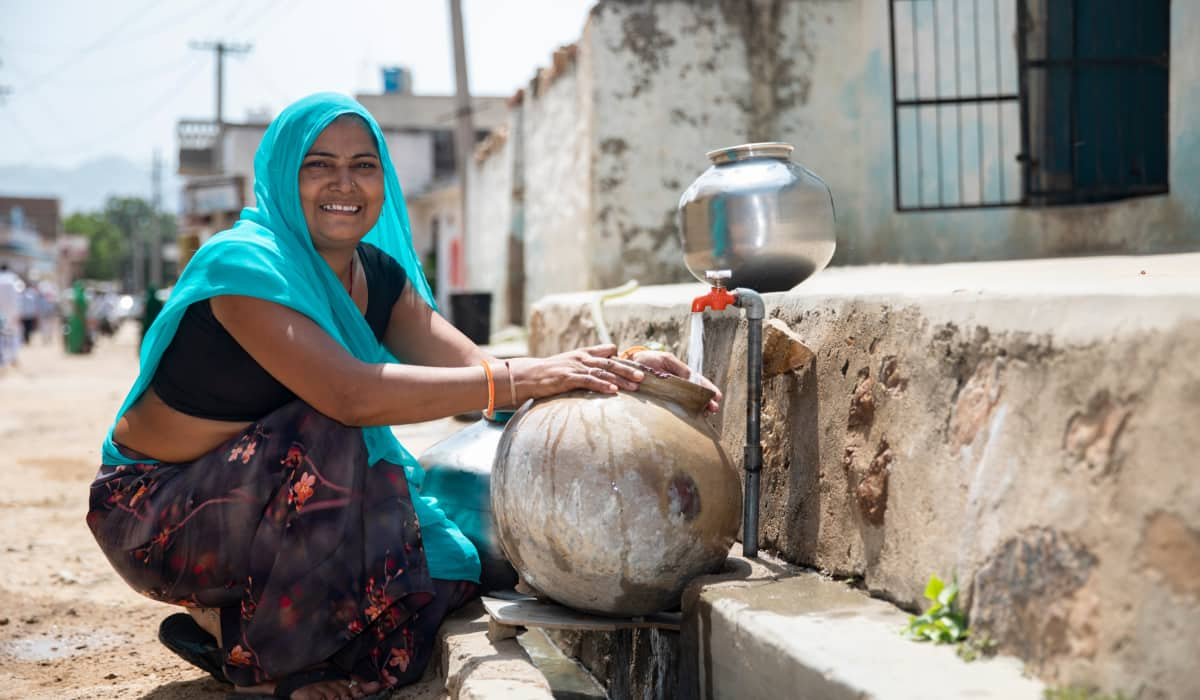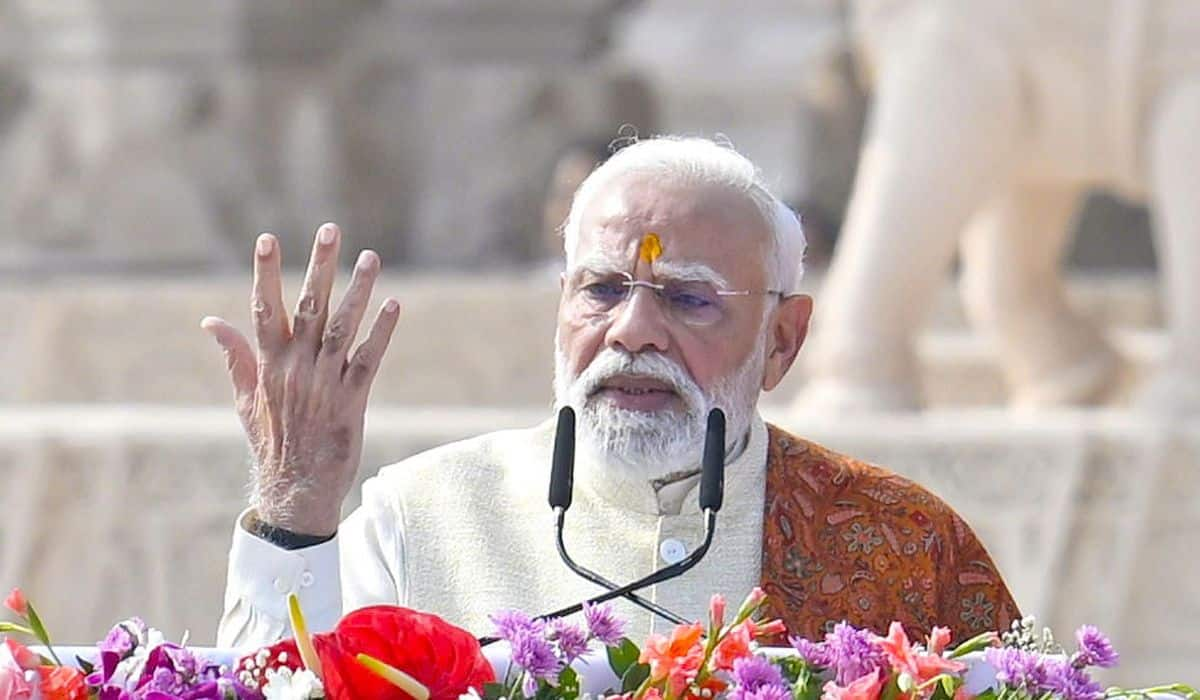Sikhism promotes tolerance for different religions, equality, social justice, and service to humanity. Sikhism's core teachings emphasize spiritual devotion and reverence for God, along with applying humility, compassion, honesty, and charity in daily life. Sikh Guru, Guru Nanak Dev Ji could foresee multiple issues our nation faced and advocated for preventing radicalization, promoting gender equality, and protecting the environment.
Prime Minister Narendra Modi has been in reverence for the teachings of Guru Nanak Ji and, in his umpteen addresses to the nation, has reiterated that the contributions of all the Gurus from the Sikh lineage remain unparalleled and cannot be matched up for the upcoming 1000 years. Their sacrifices for attaining the nation's independence are an excellent example of struggle and sacrifice against injustice.
It is through PM Modi that the nation, for the first time since the country's independence, became more aware of the varied forms of sacrifices made by the Sikh community and their countless contributions to sustaining the glory of the nation after partition. Inspired by courage and a sense of duty from the Sikh Gurus, he emulated it into the spirit of the New India.
The last decade has seen several noteworthy initiatives undertaken under his leadership to celebrate and promote the values of Sikhism and augment Sikh welfare. These include the celebration of the 400th Prakash Parv of Guru Teg Bahadur Ji, the 550th Prakash Parv of Guru Nanak Dev Ji, the 350th Prakash Parv of Guru Gobind Singh Ji, the exemption of GST on Langar, the building of the Kartarpur Sahib Corridor, making Sultanpur Lodhi a heritage city, establishing a chair in the name of Guru Nanak Dev Ji at a British university, and the provision of facilities for Sikh pilgrims to travel to Pakistan.
The Kartarpur Corridor was opened in November 2019, which proved to be a momentous move towards making it more straightforward for Sikh pilgrims from India to go to the Gurdwara Darbar Sahib in Pakistan, where Guru Nanak Dev Ji lived out his final years. Additionally, the development and preservation of historic Sikh sites has been a particular priority for the PM Modi administration. One example of such a project is the Takht Sri Harmandir Sahib restoration, also known as the Patna Sahib Gurudwara, which is extremely sacred to Sikhs.
Prime Minister Narendra Modi facilitated efforts to provide justice and closure for the victims of the 1984 anti-Sikh riots by creating a SIT, reopening 300 cases, and imprisoning those found guilty. PM Modi brought the Jallianwala Bagh memorial back to its former splendour and gave 3,328 victim families financial support of Rs. 5 lakh apiece. Through the "Citizenship Amendment Act," the Sikh sisters and brothers who had been subjected to torture in Afghanistan and Pakistan were allowed to get citizenship.
In 2022, December 26 was declared by the Modi government as Veer Baal Diwas, symbolic of the resolve to do anything to protect Bhartiyata. This day will be remembered by every Indian as a mark of respect for the bravery principles lived up to by the four Veer Sahibzades of Guru Gobind Singh Ji.
As a diaspora diplomacy specialist, PM Modi has also engaged the Sikh diaspora as "bridge-builders" between India and adopted countries. His clarity of vision in tapping them to further economic, financial, and global benefits for India has undeniably benefitted India. Veer Bal Diwas programs are now held in the USA, UK, Australia, New Zealand, UAE, and Greece. Veer Bal Diwas is now observed on a global scale. It is due to PM Modi's persistent efforts that the Indian Sikh diaspora is more valued now as a unique force in world culture and revered as brand ambassadors of India.
Last but not least, under his regime, copies of Guru Granth Sahib reached India from Afghanistan, and the nation received the privilege of seeing three 'Swaroop' of Guru Granth Sahib ji that arrived in Delhi from Kabul. The Sikh tradition is the best example of 'Ek Bharat, Shreshtha Bharat' and explains PM Modi's close affiliation with the values this religion upholds. Welfare for all will naturally be taken care of.















